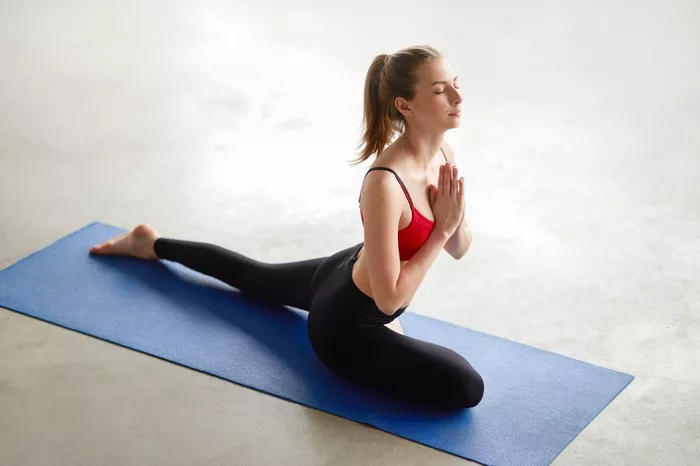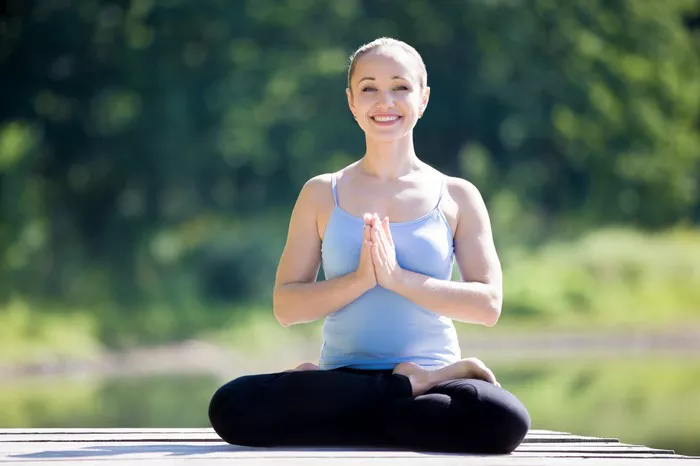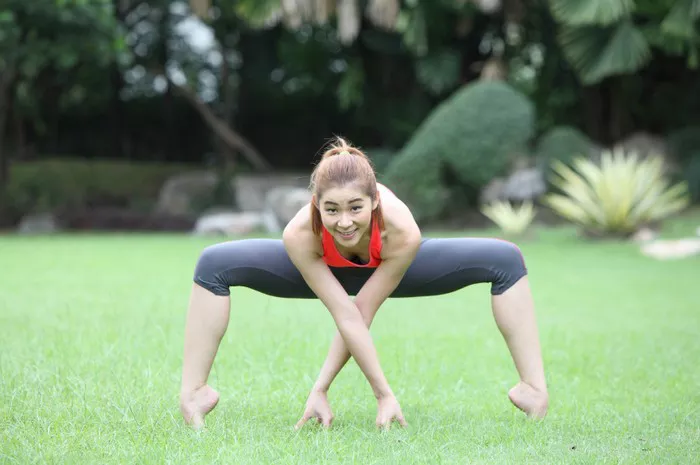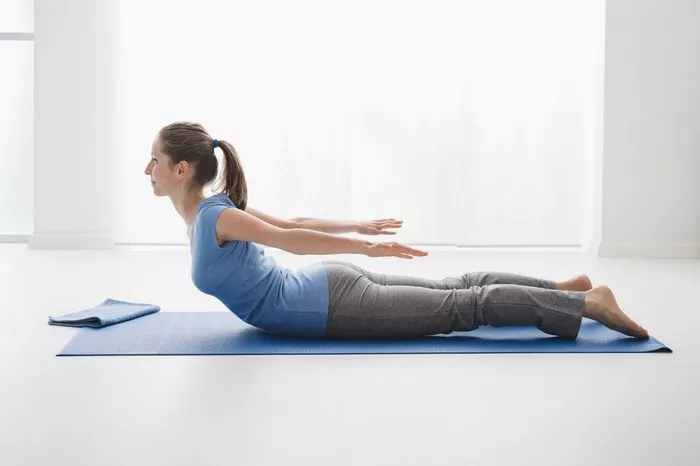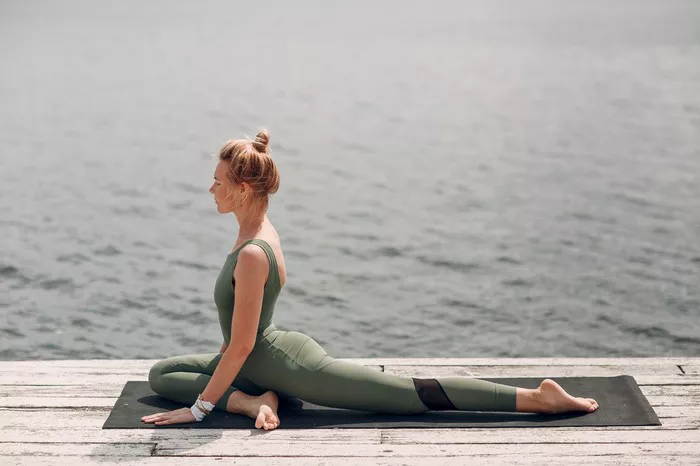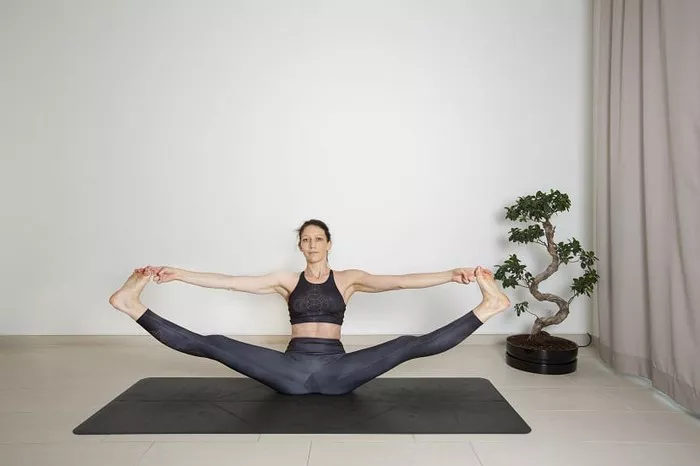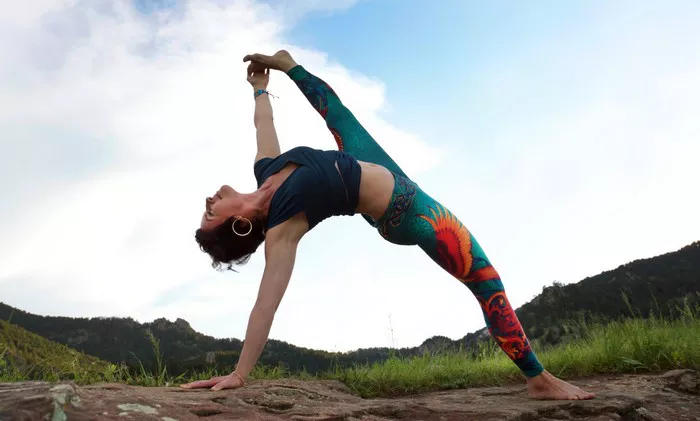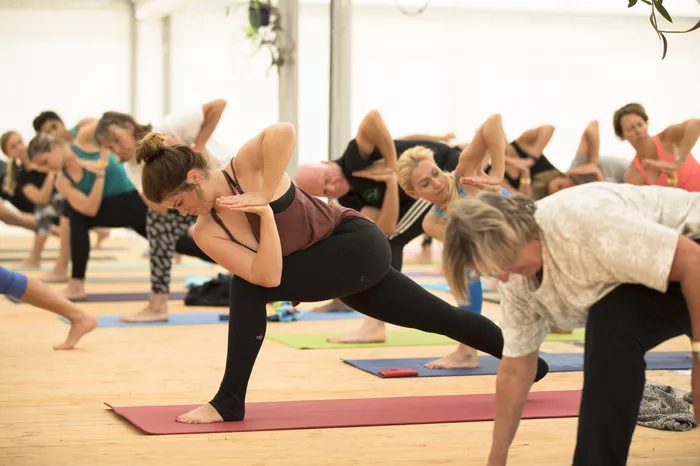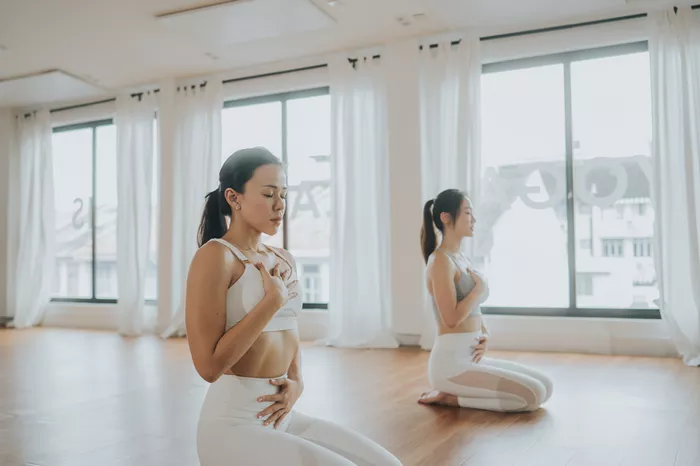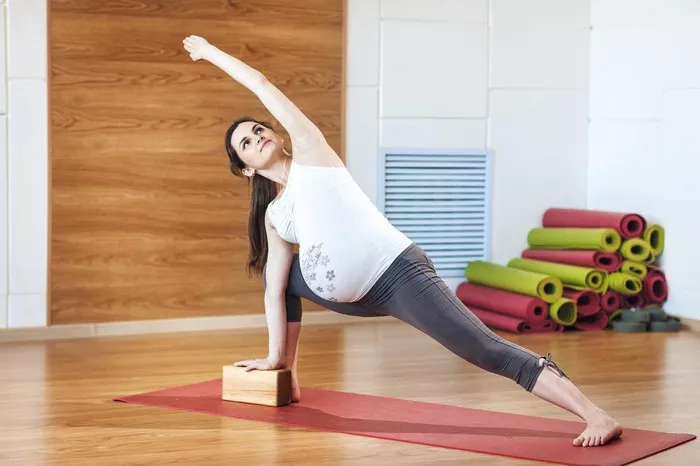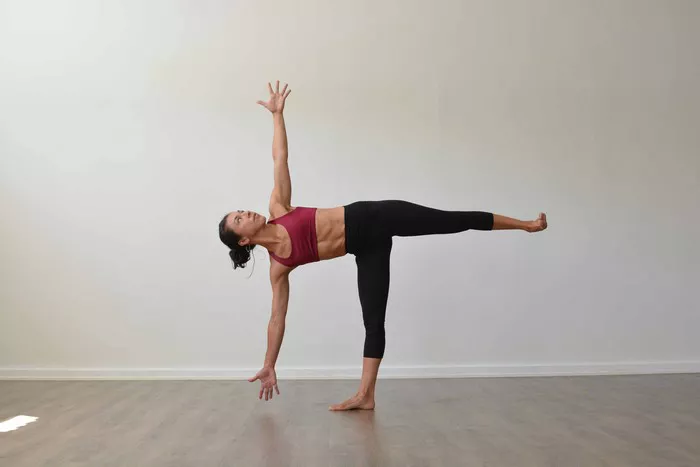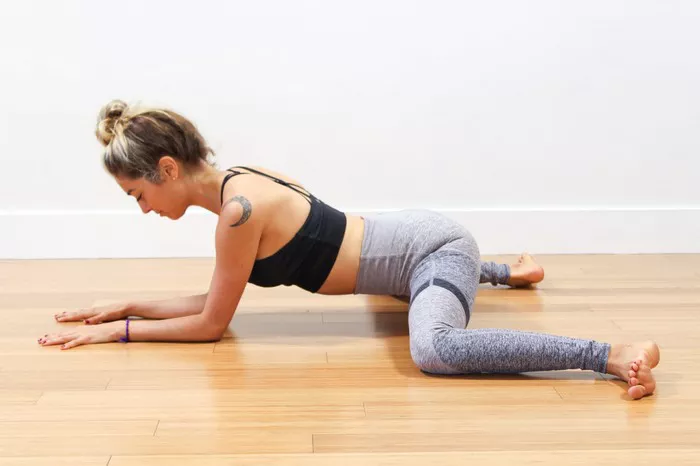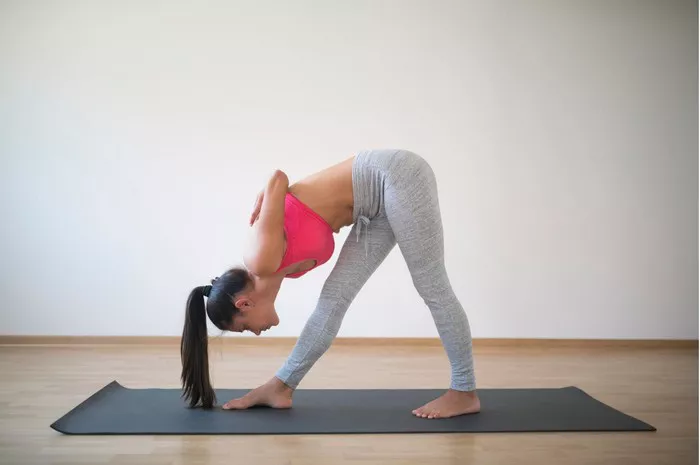Sciatica is a condition characterized by pain radiating along the sciatic nerve, which extends from the lower back through the hips and buttocks and down each leg. This discomfort is typically caused by a herniated disk, bone spur, or spinal stenosis that compresses part of the nerve. The resulting inflammation and pain can range from mild to severe, often affecting daily activities.
While medication and surgery are sometimes necessary, many people turn to physical activity for relief. Both yoga and Pilates are popular choices due to their focus on body alignment, stretching, and core strength. However, choosing the right practice depends on various factors, including the cause of sciatica and individual physical condition.
Yoga for Sciatica Relief
Yoga has been practiced for thousands of years and focuses on the integration of body, mind, and spirit through physical postures, breath control, and meditation. For individuals with sciatica, yoga offers several benefits that can alleviate discomfort and improve mobility.
- Gentle Stretching: Yoga postures, or asanas, gently stretch the muscles around the lower back, hips, and legs. This can relieve tension in the piriformis muscle, which may be pressing on the sciatic nerve.
- Improved Flexibility: Over time, yoga helps increase the flexibility of the spine and lower body, making everyday movements less painful.
- Postural Alignment: Many yoga poses promote better posture, which can reduce the pressure on the sciatic nerve.
Some recommended poses for sciatica relief include:
- Cat-Cow Stretch
- Child’s Pose
- Downward-Facing Dog
- Pigeon Pose
- Cobra Pose
These poses help elongate the spine, open the hips, and strengthen the core, which are all essential in managing sciatica pain.
Pilates for Sciatica Relief
Pilates, developed by Joseph Pilates in the early 20th century, is a low-impact fitness system that emphasizes core strength, flexibility, and overall body awareness. It is widely used in rehabilitation settings due to its controlled movements and focus on alignment.
For people with sciatica, Pilates offers several advantages:
- Core Strengthening: A strong core provides support for the spine, reducing pressure on the sciatic nerve.
- Controlled Movements: Pilates exercises are precise and deliberate, minimizing the risk of further injury.
- Spinal Alignment: Pilates encourages proper spinal alignment through exercises that promote symmetry and balance.
Some suitable Pilates exercises for sciatica include:
- Pelvic Tilts
- Knee Folds
- Bridging
- Leg Slides
- Cat Stretch
These exercises are designed to stabilize the pelvis and lower spine while enhancing core engagement, all of which are crucial for reducing sciatica symptoms.
Key Differences Between Yoga and Pilates
Though both yoga and Pilates offer therapeutic benefits, they differ in focus and methodology. Understanding these differences can help determine which is better suited for sciatica relief in your specific case.
Philosophy and Approach:
- Yoga: Integrates physical postures with mindfulness and breathing techniques. Emphasis is placed on relaxation and spiritual growth.
- Pilates: Primarily a physical conditioning program that targets specific muscle groups, especially the core.
Movement and Flow:
- Yoga: Often involves flowing sequences and static holds.
- Pilates: Emphasizes small, controlled, repetitive movements.
Equipment Use:
- Yoga: Typically uses mats, blocks, and straps.
- Pilates: May involve machines like the Reformer or simple props like resistance bands.
Breathing Techniques:
- Yoga: Uses deep, diaphragmatic breathing to calm the mind and body.
- Pilates: Focuses on lateral breathing to support movement and stability.
Factors to Consider When Choosing
When deciding between yoga and Pilates for sciatica, consider the following factors to make an informed choice:
- Severity of Symptoms: Individuals with acute sciatica may benefit more from Pilates due to its controlled nature.
- Flexibility vs. Strength: If increased flexibility is the goal, yoga may be more appropriate. For core strengthening, Pilates is typically better.
- Personal Preferences: Some may find the meditative aspects of yoga more appealing, while others may prefer the structured routines of Pilates.
- Instructor Expertise: Regardless of the method chosen, working with a qualified instructor who understands sciatica is critical.
Benefits of Combining Yoga and Pilates
In some cases, integrating both yoga and Pilates can offer comprehensive relief. Yoga enhances flexibility and promotes relaxation, while Pilates strengthens the core and improves posture. Together, they provide a balanced approach to managing sciatica.
A combined routine might include a gentle yoga warm-up, followed by targeted Pilates exercises, and ending with yoga stretches and breathing exercises. This holistic practice can support long-term spinal health and prevent future flare-ups.
Precautions and Contraindications
Although both disciplines can be beneficial, certain poses or exercises may aggravate sciatica symptoms if not performed correctly. It’s essential to:
- Consult with a healthcare provider before starting any new exercise routine.
- Avoid deep forward bends or twisting poses that strain the lower back.
- Listen to your body and stop any movement that causes pain.
- Start slowly and gradually increase intensity.
Adapting movements to suit your condition is key. Props, modifications, and personalized instruction can make a significant difference in safety and effectiveness.
Long-Term Management of Sciatica
Incorporating yoga or Pilates into a long-term wellness plan can help manage sciatica by:
- Enhancing mobility
- Building strength and stability
- Reducing stress, which can exacerbate pain
- Promoting body awareness and proper mechanics
Consistency is crucial. Even short daily sessions can yield cumulative benefits. Complementing these practices with good posture, ergonomic adjustments, and a healthy lifestyle further supports sciatica relief.
Conclusion
There is no one-size-fits-all answer to whether yoga or Pilates is better for sciatica. Both have unique advantages and can be effective when tailored to individual needs. Yoga offers relaxation and flexibility, while Pilates provides core strength and precise control. Assessing personal preferences, symptom severity, and professional guidance can lead to the best outcomes.
FAQs
Q: Can yoga or Pilates cure sciatica?
A: Neither yoga nor Pilates can cure sciatica, but they can significantly reduce symptoms and improve quality of life through better movement and posture.
Q: How often should I practice to see results?
A: Practicing 3 to 5 times per week can lead to noticeable improvements. Consistency is more important than intensity.
Q: Should I avoid any specific poses or exercises?
A: Yes. Avoid deep forward bends, seated twists, or any move that increases pain. Always consult a trained instructor or physical therapist.
Q: Is it safe to do yoga or Pilates during a sciatica flare-up?
A: Gentle movements may help, but during severe flare-ups, rest and medical consultation are advised before resuming exercise.
Q: Can beginners with sciatica try yoga or Pilates?
A: Absolutely. Start with beginner-level classes designed for back pain or sciatica, and ensure proper instruction and modifications.
Q: Do I need special equipment?
A: Yoga typically requires a mat and optional props like blocks or straps. Pilates may involve mats, resistance bands, or machines like the Reformer.
Q: Which is better for long-term spinal health?
A: Both contribute positively. Yoga emphasizes flexibility and mindfulness, while Pilates builds core strength and alignment. A balanced approach often yields the best long-term benefits.
Related Topics:

